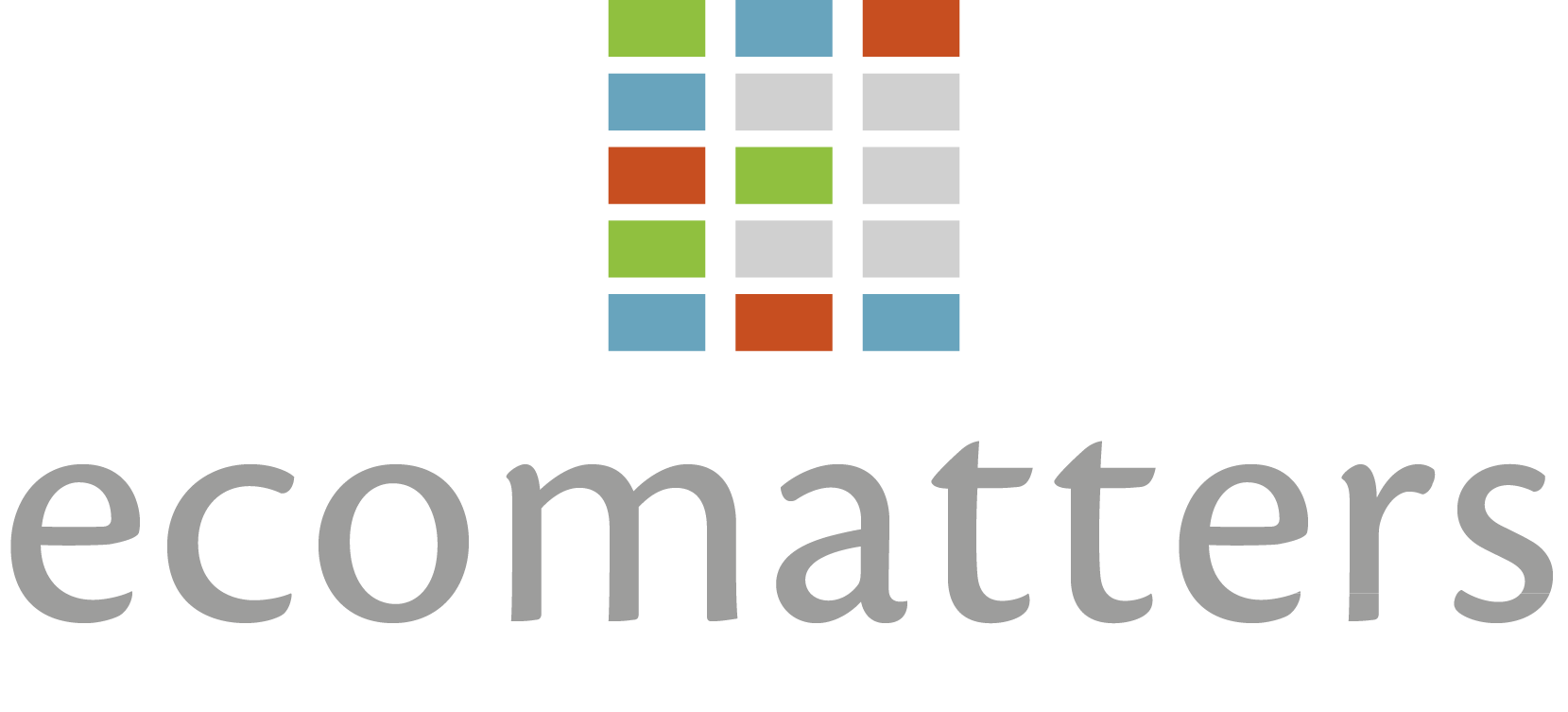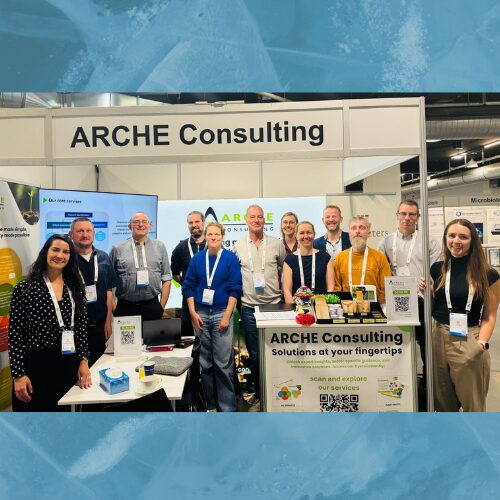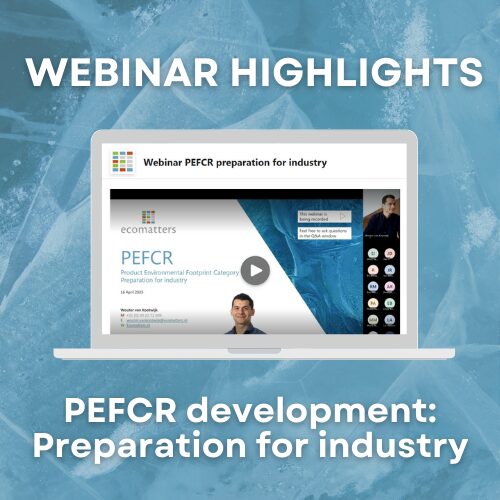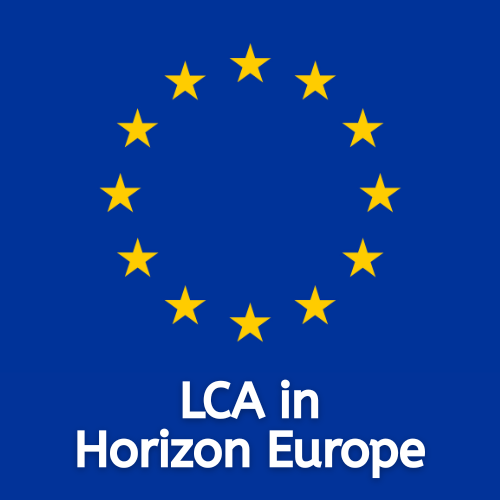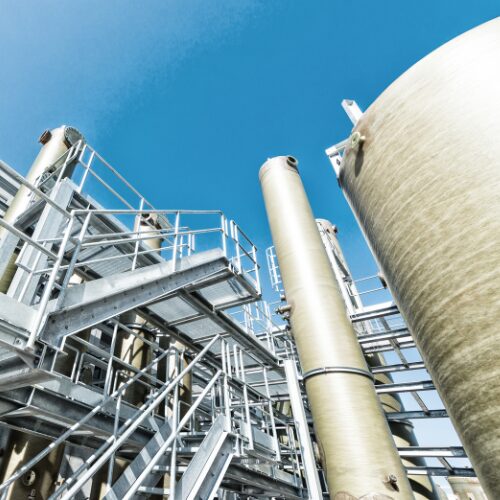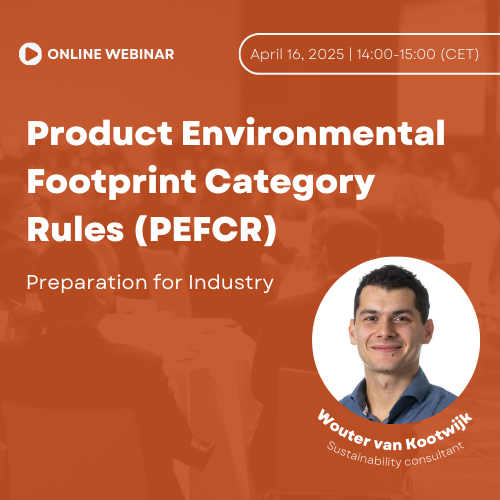When you receive a safety data sheet (SDS) for the chemicals you work with, you must check whether you have applied the risk management measures (RMMs) as specified on the SDS. When it is an extended SDS (e-SDS), you must additionally check whether the exposure scenario covers your (conditions of) use and potentially that of your downstream clients. But what determines whether you receive a ‘normal’ SDS or an e-SDS? Can you conclude that your supplier is non-compliant if he does not provide you with an exposure scenario? In short, the answer is “probably not”. However, to explain why not, we have to take a step back and take a closer look at the first step of the REACH process: registration.
Registration, the R in REACH
REACH registration is obligatory for substances manufactured or imported (either on their own or in mixtures) in quantities from one tonne per year per registrant. For each substance a registration dossier must be compiled, containing information on substance identity, manufacturing and use, hazard profile, and exposure. Registrants who manufacture or import hazardous substances in tonnages above 10 tonnes per year, must additionally perform a chemical safety assessment (CSA) and complete a chemical safety report (CSR).
Exposure scenarios are prepared as part of chemical safety assessment (CSA)
In a CSA the risk for human health and the environment as well as physical hazards (for example flammability or explosiveness) are further evaluated. In case the substance is identified as belonging to certain hazard classes (specified in REACH Article 14), the CSA must be extended with an exposure assessment and risk characterisation. In this process, the hazard and exposure are balanced against each other. The more severe the hazard, the lower the acceptable level of exposure. The effect of RMMs on health and environmental risk is evaluated and operational conditions (OCs) are tweaked until the conditions of safe use are determined. The resulting set of instructions is called an exposure scenario (ES). Multiple ESs may be generated for one substance; one for each type of use or set of OCs. For example, ventilation instructions applicable to a closed industrial process will differ from those specified for professional use. ESs must be placed in an Annex to the substance’s SDS.
Exposure scenarios are not always obligatory
Although a CSA and a CSR are generally required for all substances subject to registration in quantities of 10 tonnes or more, an ES is only required for substances meeting the criteria of REACH Article 14. These criteria include the classification of a substance as hazardous in many (but not all) hazard classes and the identification of a substance as persistent, bioaccumulative, and toxic (PBT) or very persistent and very bioaccumulative (vPvB).
Exposure scenarios for chemical mixtures
When product formulators use substances in their mixtures, for which ESs have been provided by the supplier(s), they are obliged to include these ESs in their product SDSs where relevant. There are multiple ways in which this can be done. The formulator can:
- Forward ESs for each mixture component to the customer without consolidation
- Extract relevant information on RMMs and OCs and include them in the main body of the product SDS
- Consolidate the received ESs into new “Mixture ES” annexed to SDS
In other words, as the end-user of a chemical product, you may find the relevant information in a single ES, multiple ESs, or divided over a different section of the SDS. Moreover, in case the uses of product formulators and the end-users of their products were not previously included in the CSA for the individual mixture components, formulators may decide to perform a downstream user CSA (DU CSA), which may include the generating of exposure scenarios.
Judging whether exposure scenarios are required is not always straightforward
Although not very satisfactory, the take-home message of this article is that it is not easy to judge whether your supplier has fulfilled his hazard communication obligations under REACH. The quality of an SDS cannot be judged by the presence or absence of attached exposure scenarios. As explained, this is especially true for chemical mixtures and end-products. The result of the 2014-15 survey conducted by the Dutch Workplace Inspectorate (ISZW), which showed that <20% of the supplier SDSs contain an ES, should therefore not (per definition) be mistaken as an indicator of non-compliance.
Exposure scenario or not, what can you do to check the quality of your suppliers’ SDSs?
The Dutch Ministry of Infrastructure and Environment and ISZW have recently launched an SDS check tool (only available in Dutch). Although this tool is limited in its use, it can provide the first step toward identifying SDS compliance issues.
